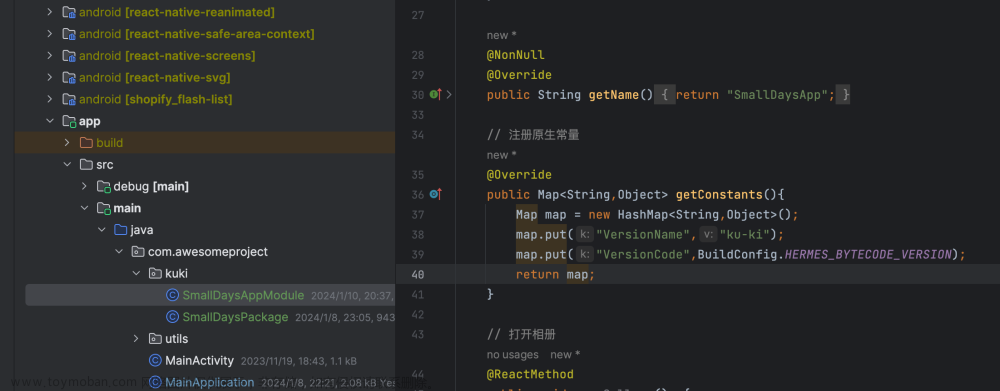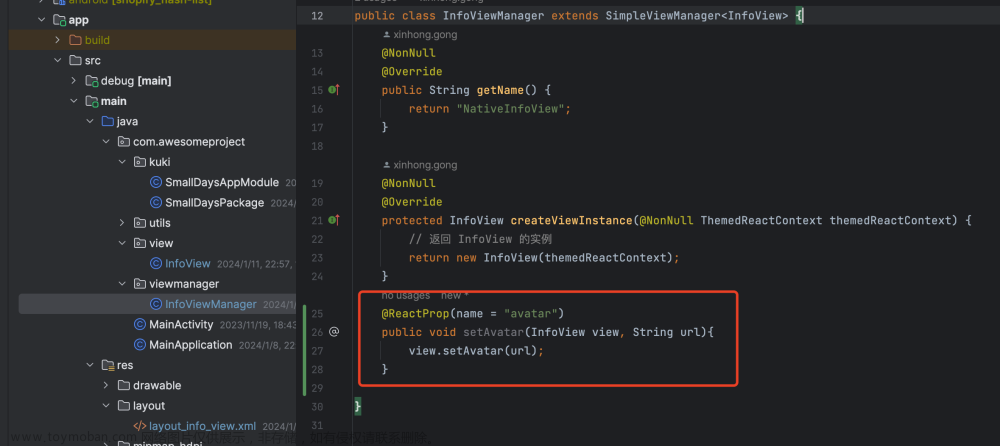Simply put
Cloud-native is a software architecture and development methodology that is designed to take full advantage of cloud computing environments. The cloud-native approach involves building software applications as a collection of small, modular, and independently deployable services that are packaged into containers and orchestrated for optimized resource utilization and scalability.
The goal of cloud-native architecture is to create applications that are highly resilient, scalable, and can be developed and deployed quickly. This approach leverages modern infrastructure technologies, such as containerization and orchestration platforms like Kubernetes, which provide a consistent and efficient way to deploy, manage, and scale container-based applications across different cloud providers and on-premises environments.
Key characteristics of cloud-native architecture include the use of microservices, containerization, and orchestration platforms, as well as a focus on automation, continuous delivery, and scalability. The cloud-native approach allows organizations to build and deliver software more quickly and efficiently, enabling them to respond more rapidly to business needs and changes in the market.
组件架构
云原生应用程序的架构通常包括以下组件:
微服务:将应用程序拆分为小的、独立的服务单元,每个服务单元都可以独立部署、扩展和管理。
容器:将每个微服务打包为一个独立的容器,容器可以在任何支持容器化的环境中运行。
编排工具:自动化工具,可以管理和部署容器,例如Kubernetes。
服务网格:一种网络架构,可以管理和监控微服务之间的通信,例如Istio。
云原生应用程序的开发方法论通常包括以下实践:
持续交付:采用持续交付方法,使得应用程序能够快速、安全地部署和更新。
自动化测试:采用自动化测试方法,确保应用程序的质量和稳定性。
基础设施即代码:采用基础设施即代码方法,将基础设施的配置和管理与应用程序的开发和部署过程紧密结合起来。
日志和监控:采用日志和监控方法,可以及时发现和解决应用程序的问题。文章来源:https://www.toymoban.com/news/detail-466171.html
总之,云原生是一种现代化的软件开发和部署方法论,它可以帮助开发者构建可扩展、可靠、可维护的应用程序,并提高开发和部署的效率。文章来源地址https://www.toymoban.com/news/detail-466171.html
到了这里,关于云原生软件架构说明的文章就介绍完了。如果您还想了解更多内容,请在右上角搜索TOY模板网以前的文章或继续浏览下面的相关文章,希望大家以后多多支持TOY模板网!











